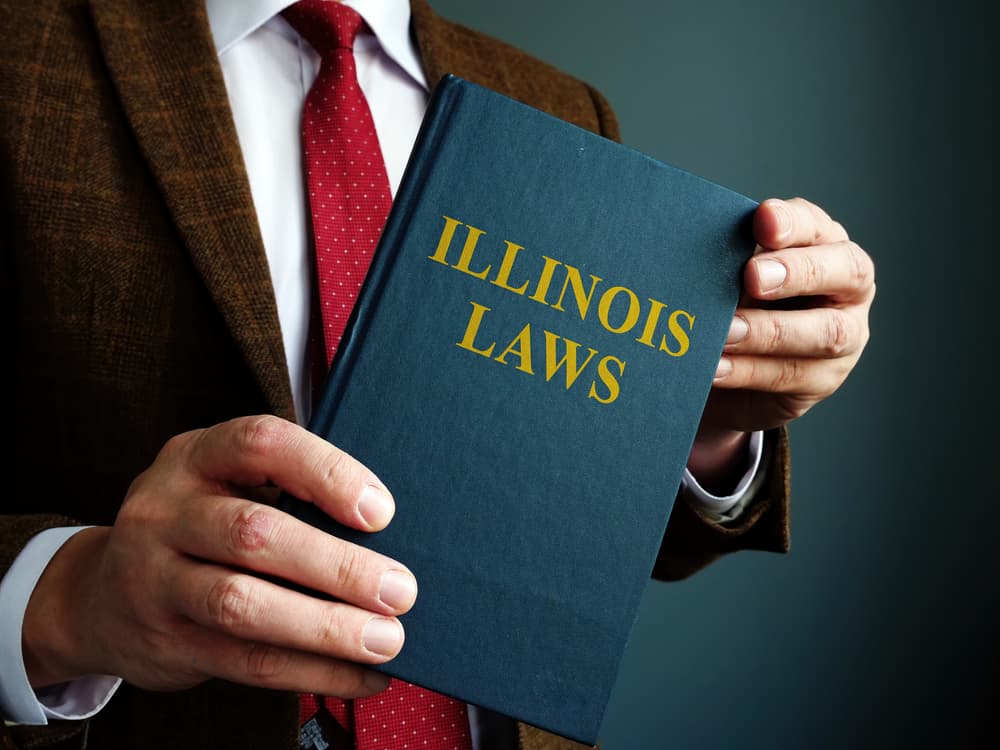- The maximum height of each stair, or riser, in institutional settings is 7.5 inches, with the minimum width of a staircase being 10 inches
- The maximum height of each stair in other settings (including residential homes), is 7.5 inches
- Winding staircases cannot be used for building exits except in residential homes
- The maximum height of a flight of stairs in an institutional setting is nine feet
- All staircases greater than 44 inches long must have handrails on both sides (and others must have a handrail on both sides)
- Staircases must offer at least 6’8” in clearance
- All staircases must be lighted
Why Building Code Violations Can Be Crucial in a Chicago Slip-and-Fall Case
Under Illinois premises liability law, landowners owe a general duty of care to those whom they invite onto their property. Illinois has abolished the common-law distinction between invitees and licensees, and as a result, regardless of the purpose of an invited guest’s visit, a landowner must “exercise reasonable care under the circumstances.” To establish that a landowner is legally responsible in a Chicago slip-and-fall accident Case, the accident victim must show that the defendant landowner breached this duty and that the defendant’s breach resulted in the victim’s injuries.
Building codes can help a plaintiff prove that a defendant landowner was negligent. Chicago building codes are enacted to ensure the safety of all residents, not just those who live in or frequent the area in question. Deficiencies in a building’s stairs and staircases are some of the most common violations of the municipal building codes. The specific requirements for a staircase can depend on several factors, most importantly, whether the building is used for institutional or residential use. The following are some of the municipal code requirements for Chicago staircases:



